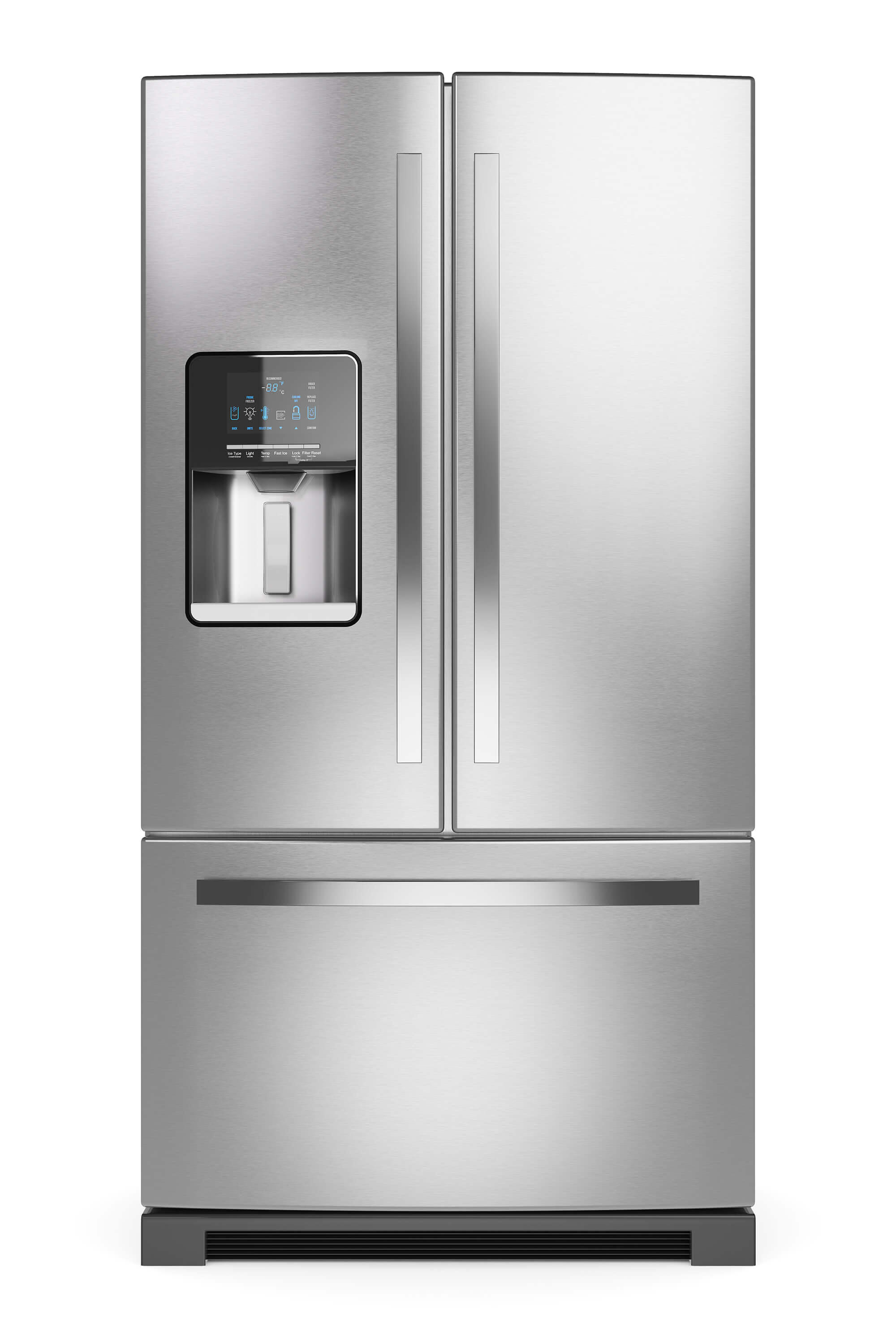
THE PRODUCT:
Refrigerators and freezers include standard-size and compact refrigerators, refrigerator-freezers, and freezers. Refrigerator-freezers have at least one refrigerator compartment and at least one freezer compartment. Standard-size refrigerators and freezers have refrigerated volumes of 7.75 cubic feet or greater, while compact refrigerators and freezers have refrigerated volumes of less than 7.75 cubic feet.
THE STANDARD:
The current standards for refrigerators and freezers took effect in 2014. The standards, which were based on a consensus agreement between manufacturers and efficiency advocates, specify maximum annual energy consumption values that vary based on the specific product type and the product’s volume.
In 2024, DOE updated the standards based on another consensus agreement, with compliance required starting in 2030 for most products†, and in 2029 for all others. The new standards represent energy savings of about 10-15% relative to the current standards.
*The maximum energy use is expressed as the energy consumption (kWh) per year.
†This includes all top-mount refrigerators, all side-by-side refrigerators, and most bottom-mount refrigerators.
KEY FACTS:
New refrigerators sold today on average use just one-quarter of the energy of refrigerators in 1972, even as refrigerators today offer almost 30% more storage volume. Technology options to improve the efficiency of refrigerators and freezers include more efficient compressors (including variable-speed compressors) and fan motors, improved heat exchangers, and better insulation such as vacuum insulated panels.
Fact Sheets
Filings
ASAP Press Releases
Standards in the News
Timeline
| Federal | Date |
| Next Review Due | 2030 |
| 5th Federal Standard Effective | 2029 and 2030 |
| 5th Federal Standard Adopted | 2024 |
| 4th Federal Standard Effective | 2014 |
| 4th Federal Standard Adopted | 2011 |
| 3rd Federal Standard Effective | 2001 |
| 3rd Federal Standard Adopted | 1997 |
| 2nd Federal Standard Effective | 1993 |
| 1st Federal Standard Effective | 1990 |
| 2nd Federal Standard Adopted | 1989 |
| 1st Federal Standard Adopted | 1987 |
| NAECA Initial Federal Legislation Enacted | 1987 |